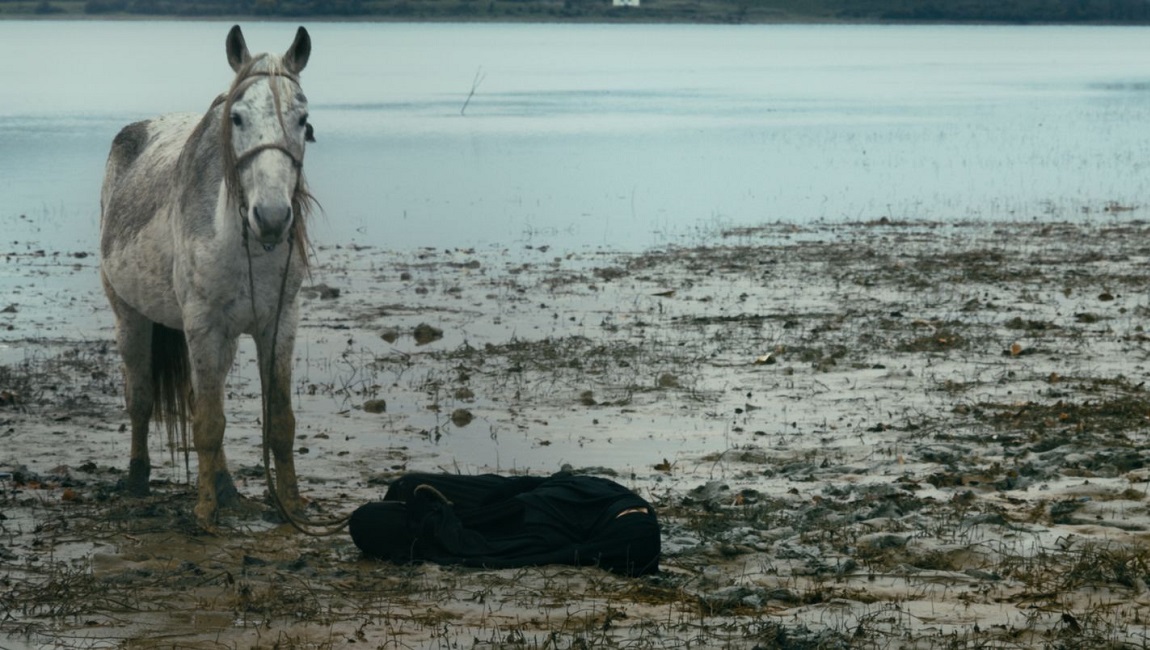Queen of Black Magic is a brutal, go-for-break bit of exciting horror filmmaking.
Kimo Stamboel doesn’t have the same profile as Timo Tjahjanto, his filmmaking partner in The Mo Brothers. Ever since Indonesia’s foremost purveyors of the grotesque fucked up and went solo, Tjahjanto has enjoyed success, topping anything the pair did together with The Night Comes for Us and pumping out his own May the Devil Take You franchise. Stamboel, meanwhile, made a little-seen video game adaptation called DreadOut and didn’t have an English language Wikipedia page until this past week. But if the creation of that Wikipedia page — on January 23, 2021, if anyone is wondering — is indicative of anything, it’s this: Stamboel’s new film The Queen of Black Magic is quite good and genre fans should start to pay attention to the other Mo Brother.
Queen is something of a remake of the 1981 Indonesian classic in which a woman out for revenge unleashes black magic on the community that scorned her, but almost all of the details, including the film’s point of view, have been changed. The original is more or less a straightforward, albeit gonzo, revenge flick from the perspective of the avenger, while this new version is far more of a supernatural slasher with the Queen’s victims as its protagonists. In fact, if not for the title and stills from the original appearing under the end credits, Stamboel’s film would seem to bear little relation at all to Lilik Sudjjo’s work. But what does survive is a dedication to gross-out horror: the original contains an all-time sequence of the horror genre, in which a man is cursed with giant boils that explode one by one until he’s nothing but a mess of blood and goop. This new film flies close to those squeamish heights routinely — most memorably with a horrific self-mutilation scene involving a mirror — and if the CGI gore doesn’t always look great, the go-for-broke dedication is effectively squirm-inducing all the same. Anyone with a fear of arthropods should be warned, though: for all the blood and guts the movie has to offer, its primary vehicle for frights is a whole mess of centipedes.
But those plentiful moments of in-your-face horror aren’t all The Queen of Black Magic is up to. Before the film kicks into high gear, Stamboel shows off his steady hand, building about 30 minutes of solid atmosphere upon which he’ll unleash his hell later. Nif has brought his wife and three children to visit the orphanage he grew up in, while he reconnects with some old friends and says goodbye to the institution’s dying founder, the man who raised him. These early scenes, where Nif’s family and the others at the orphanage meet and talk, reveal a good deal of interesting characters among the group, setting up fears to be preyed upon later and introducing some light ideas about class and what it means to be left behind. Maman, the building’s caretaker, grew up with Nif and his friends, but when they all left to lead fruitful adult lives, he stayed to take care of the place. As a result, a sense of resentment towards Nif has bloomed within him. This is not a movie with much on its mind, and these ideas are never explored in great detail, but they at least provide a strong foundation for the thrills to come. It helps, too, that Stamboel is more than capable of making these scenes sing without relying on especially ostentatious filmmaking. There’s a disquieting stillness to his images, such as one scene where an older orphan tells Nif’s youngest son ghost stories about the orphanage, transforming what could be a merely goofy and cliché encounter into something genuinely foreboding.
Soon, the orphanage’s dark history comes to the fore, and the bloodletting starts. And from that point, there’s no looking back, as each successive scene builds more terror upon the last in a dizzying frenzy that is at once anxiety-inducing and utterly exhilarating. When it does break from its assault, it’s usually to reveal some new bit of horrible backstory, including an unfortunate major revelation that steers the film a little too far towards real trauma and exploitation. But that is par for the course in Stamboel’s filmmaking, and it’s certainly not enough of a liability to ruin such an otherwise exciting horror movie.
You can currently stream Kimo Stamboel’s Queen of Black Magic on Shudder.







